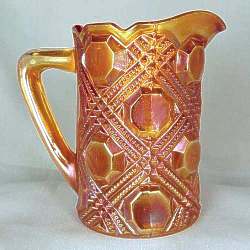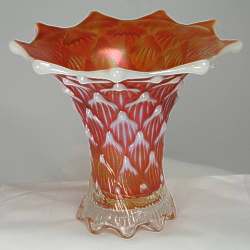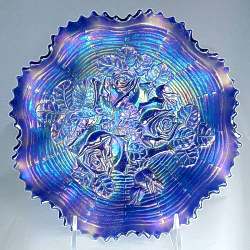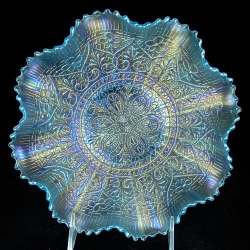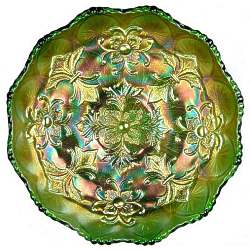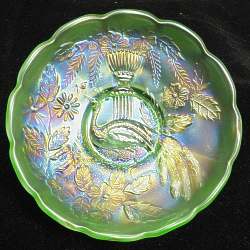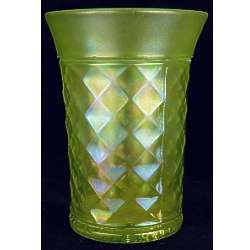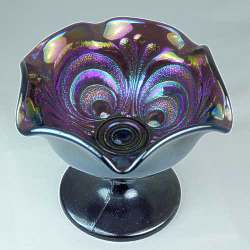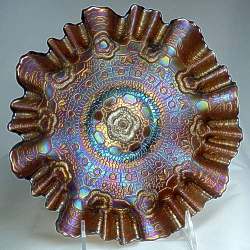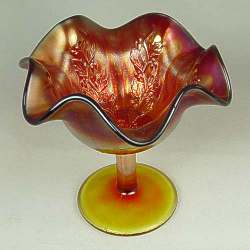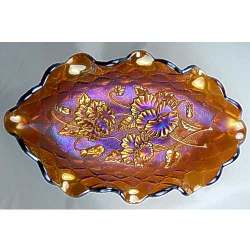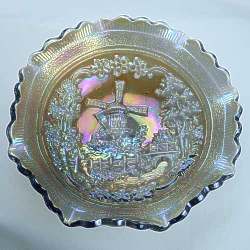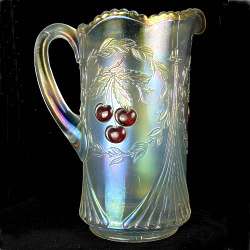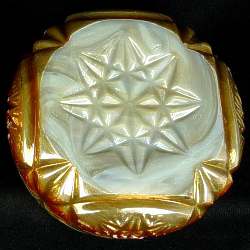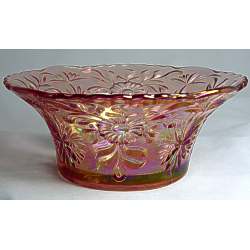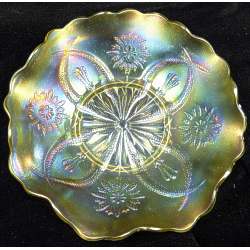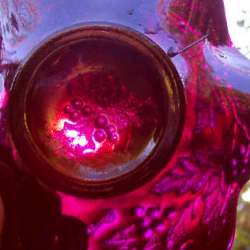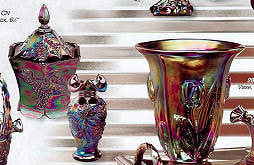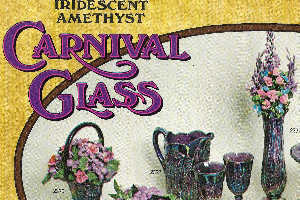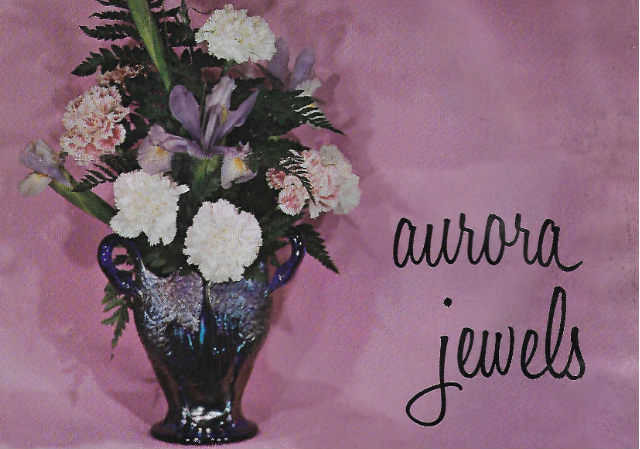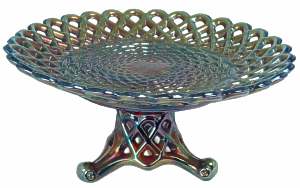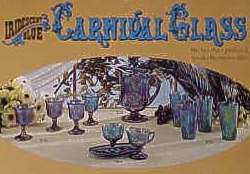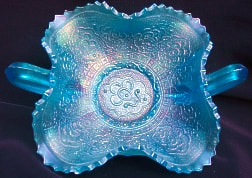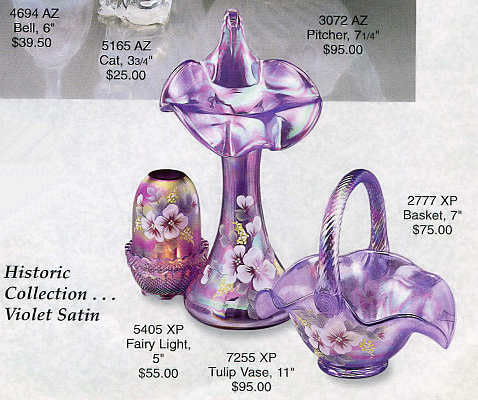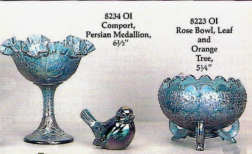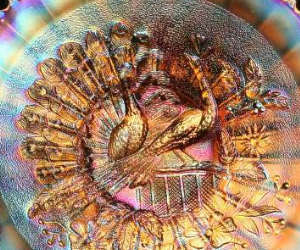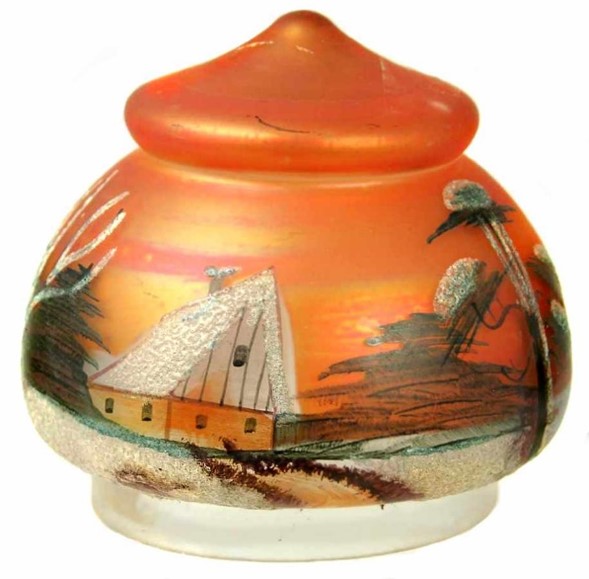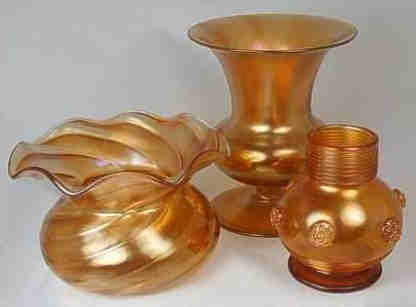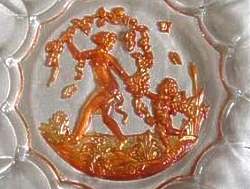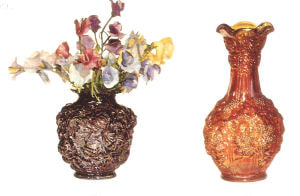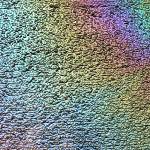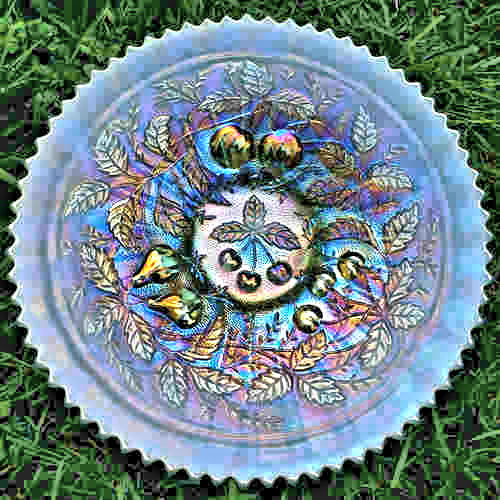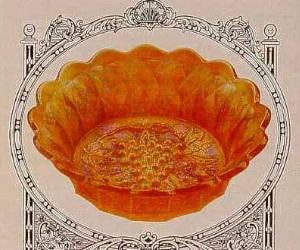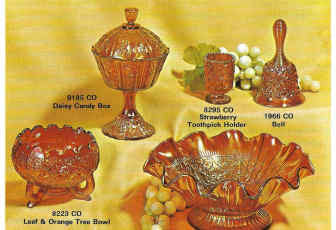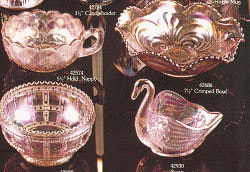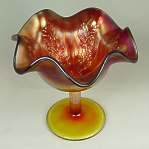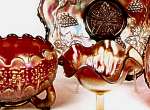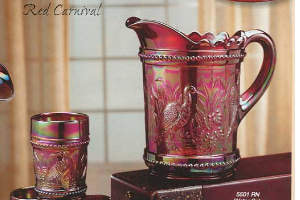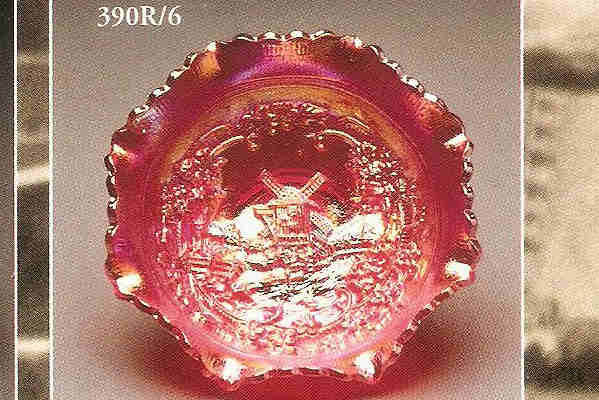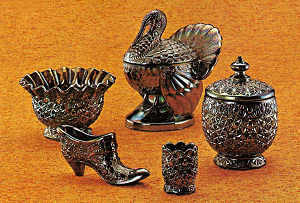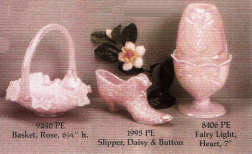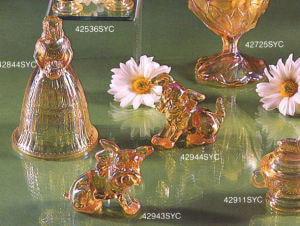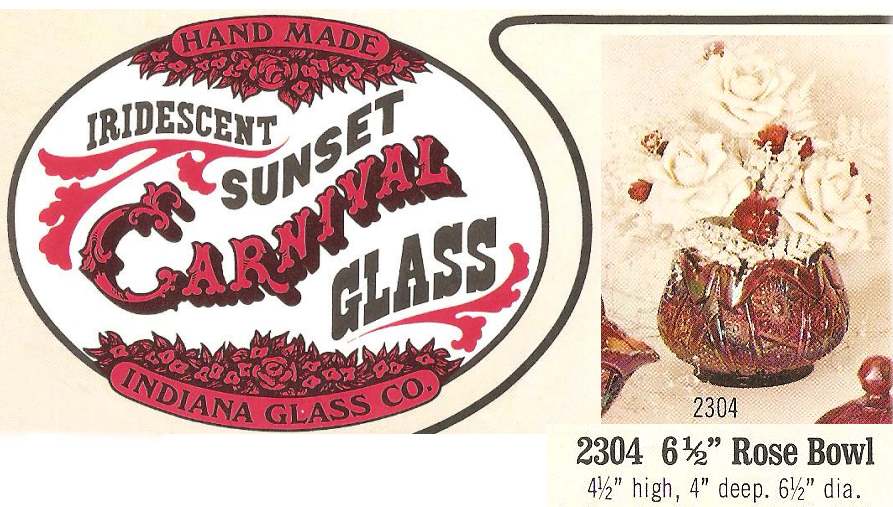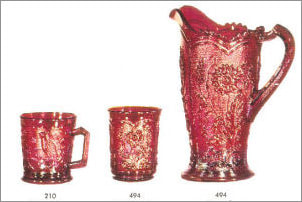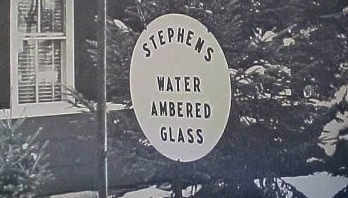Carnival Glass Colours
Carnival Glass and Colour are inextricably interwoven and interlinked. The colour, the vibrancy of Carnival is the very essence of the glass, and there are well over 60 shades of Classic, old Carnival identified by collectors today. Here, we are looking only at Classic Carnival Glass and not the myriad of new shades from contemporary manufacturers. If we were to include modern Carnival, we would be into the many hundreds of colours.
Some caveats need to be mentioned: colour as viewed on computer screens is affected by many variables, such as different monitors, cameras and of course, our own eyes. How one person perceives a specific colour may not be the same way another does. We have not attempted to portray every colour, but we have attempted to describe virtually all the Carnival colours currently recognised, and the controversies, of which there are plenty!
How do we determine the colour of Carnival Glass?
Hold it up to a good clear light source and view the glass where there is little or no iridescence, for example a foot or the collar base. The intensity of the perceived colour will also depend on the thickness of the glass and the concentration of colourants (usually metal oxides) in the glass. Thick glass appears darker or more strongly coloured than thin glass of exactly the same composition.
The Effects of Iridescence
Iridescence is, of course, the very heart and soul of Carnival Glass. It is what makes us love its appearance so much, and it undoubtedly affects the way the colour of the glass looks. Indeed, the colour is frequently and inextricably entwined with the iridescent effect – so much so that the name of the colour may even depend on the actual iridescence. To further complicate matters, the type of iridescence (i.e. stretchy or frosty) may sometimes also define the “colour” of a piece. The following are just a few examples of Carnival colours that are named or categorised for their iridescence and not the base glass colour – Marigold, Electric Blue, Emerald Green, Smoke, Honey Amber.
In the next section, Carnival Glass Colours Explained, we explore the fascinating complexities of Carnival Glass Colours. Were they all in fact intentional, or did the lack of quality control play a part? How do we actually perceive the colours, and the impact of digital technology on the images we show.
How do we classify Carnival Colours? Click on any of the images below to see a detailed explanation of that colour.
Some caveats need to be mentioned: colour as viewed on computer screens is affected by many variables, such as different monitors, cameras and of course, our own eyes. How one person perceives a specific colour may not be the same way another does. We have not attempted to portray every colour, but we have attempted to describe virtually all the Carnival colours currently recognised, and the controversies, of which there are plenty!
How do we determine the colour of Carnival Glass?
Hold it up to a good clear light source and view the glass where there is little or no iridescence, for example a foot or the collar base. The intensity of the perceived colour will also depend on the thickness of the glass and the concentration of colourants (usually metal oxides) in the glass. Thick glass appears darker or more strongly coloured than thin glass of exactly the same composition.
The Effects of Iridescence
Iridescence is, of course, the very heart and soul of Carnival Glass. It is what makes us love its appearance so much, and it undoubtedly affects the way the colour of the glass looks. Indeed, the colour is frequently and inextricably entwined with the iridescent effect – so much so that the name of the colour may even depend on the actual iridescence. To further complicate matters, the type of iridescence (i.e. stretchy or frosty) may sometimes also define the “colour” of a piece. The following are just a few examples of Carnival colours that are named or categorised for their iridescence and not the base glass colour – Marigold, Electric Blue, Emerald Green, Smoke, Honey Amber.
In the next section, Carnival Glass Colours Explained, we explore the fascinating complexities of Carnival Glass Colours. Were they all in fact intentional, or did the lack of quality control play a part? How do we actually perceive the colours, and the impact of digital technology on the images we show.
How do we classify Carnival Colours? Click on any of the images below to see a detailed explanation of that colour.
Read more about Carnival Glass colours - click on the image links below.
